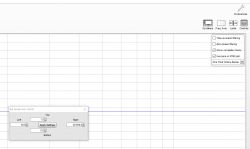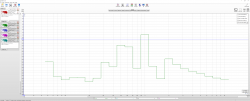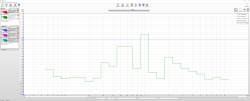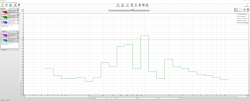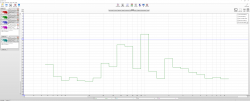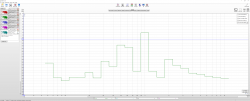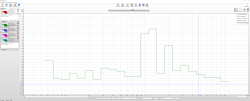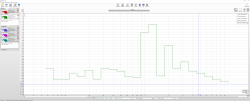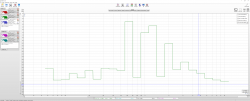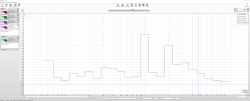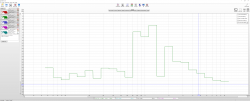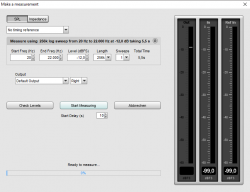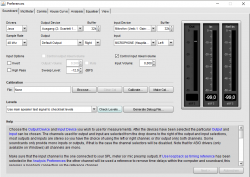Chris Lineau
Registered
Hi guys,
first of all hello to all of you! I think it is great we have such a platform here to discuss REW!
I managed to successfully install and calibrate REW and all SPL graphs look fine and are approx. the same no matter how often I measure, but when I want to measure the RT60 I have big problems:
- Unreliable decay time measurements: for instance, when I look at "Topt", the decay times measured per 1/3 octave band vary a lot per measurement! For the same octave band they are sometimes approx. 0,5 s and sometimes 1 s!
- When acousticians are talking about the "decay time RT60", which of the different REW values ("T20", "T30", "EDT", or "Topt") do they mean?
Can you guys help me out here?
Kind regards and thanks a lot for your time,
Chris
first of all hello to all of you! I think it is great we have such a platform here to discuss REW!
I managed to successfully install and calibrate REW and all SPL graphs look fine and are approx. the same no matter how often I measure, but when I want to measure the RT60 I have big problems:
- Unreliable decay time measurements: for instance, when I look at "Topt", the decay times measured per 1/3 octave band vary a lot per measurement! For the same octave band they are sometimes approx. 0,5 s and sometimes 1 s!
- When acousticians are talking about the "decay time RT60", which of the different REW values ("T20", "T30", "EDT", or "Topt") do they mean?
Can you guys help me out here?
Kind regards and thanks a lot for your time,
Chris
Last edited:







